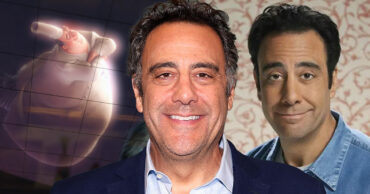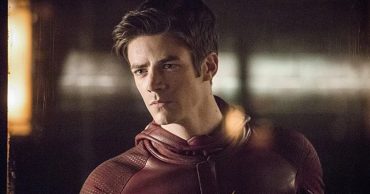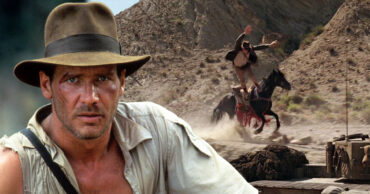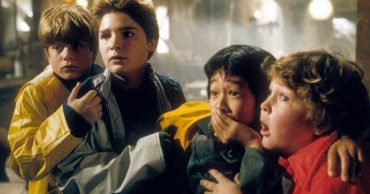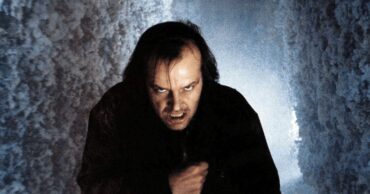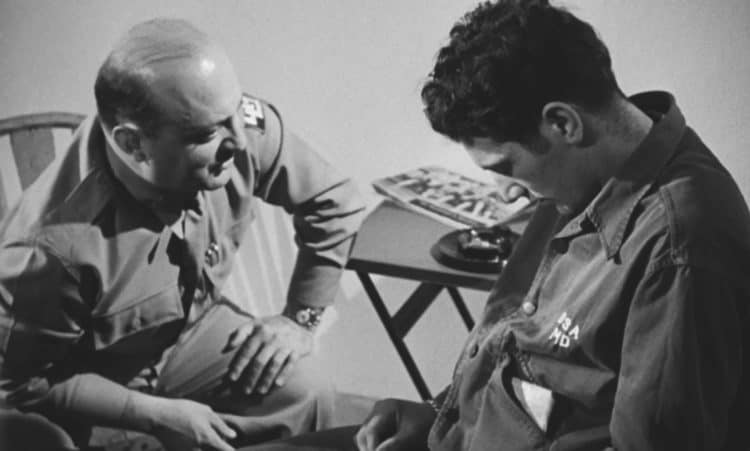
When men returned home from World War II with brain injuries, they were diagnosed with “battle fatigue” or were referred to as “shell shocked.” It was not until the Vietnam War did doctors give the brain injuries and anxiety disorders a name: post-traumatic stress disorder, or PTSD. In honor of June as PTSD Awareness Month, it’s important to recognize one of the first films ever made on PTSD: 1946’s “Let There Be Light.” According to the U.S. Department of Veterans Affairs, PTSD is “a mental health problem that some people develop after experiencing or witnessing a life-threatening event, like combat, a natural disaster, car accident or sexual assault.”
During World War II, five of the greatest Hollywood directors of the time – John Huston (“The Maltese Falcon”), William Wyler (“The Best Years of Our Lives”), George Stevens (“The Diary of Anne Frank”), John Ford (“The Grapes of Wrath”) and Frank Capra (“It’s A Wonderful Life”) – joined forces to capture the war on film from land, sea and air. They each entered a branch of the armed services and got up close and personal with battle. Their struggles on how to shoot the war were documented in “Five Came Back,” a book and later a miniseries available on Netflix.
During WWII, Huston served with the U.S. Army Signals Corps and spent most of his time in the Philippines. “Let There Be Light” is one of four films he did while in service. His coverage of the war was not without controversy because he recreated battle scenes for “The Battle of San Pietro,” just days after the actual battle. However, when WWII ended, Huston wanted to make a documentary that showed the after-effects of war. While men were returning home missing limbs, there were even more who returned home that looked physically fine but were tortured by night terrors, paranoia, agitation, hostility, and social isolation – symptoms of PTSD.
So moved by the struggles of the men after the war, Huston documented these early PTSD patients at Mason General Hospital, a psychiatric hospital on Long Island that was run by the U.S. War Department. The viewer listens in on conversations between doctors and patients, who ranged in rank, age, race, and backgrounds. Huston shot 375,000 feet of film that he managed to edit down to an hour. Afraid that it would demoralize America, especially after winning WWII, the Army banned the film. They said it invaded the privacy of the soldiers, primarily because Huston used hidden cameras in the rooms.
After decades of campaigning, Secretary of the Army Clifford Alexander Jr. finally lifted the ban in 1980. The film made its public debut at the Cannes Film Festival in 1981. What is striking about the film is that the same traumas the soldiers dealt with all those years ago shows that PTSD hasn’t changed, but how it’s treated has. Because not everyone has the same PTSD symptoms, being diagnosed with the disorder is involved. However, it is mostly diagnosed by a health care provider who measures, assesses, or evaluates a person’s symptoms since the trauma, according to the VA.
What experts have learned is that something like arts and crafts can help a person with PTSD. Experts say that crafting can help those who suffer from anxiety, depression, or chronic pain. It also might ease one’s stress and increase happiness. Since 1971, Help Heal Veterans has been offering free therapeutic arts and crafts kits to veterans who are hospitalized and homebound.
These craft kits are one way they kept injured and recuperating veterans, among other things, cope with the symptoms of PTSD and traumatic brain injuries. Heal Vets was organized after research and discussion with doctors, therapists, and patients from medical centers and military doctors. The program is free to both patients and treatment centers.
 Follow Us
Follow Us
